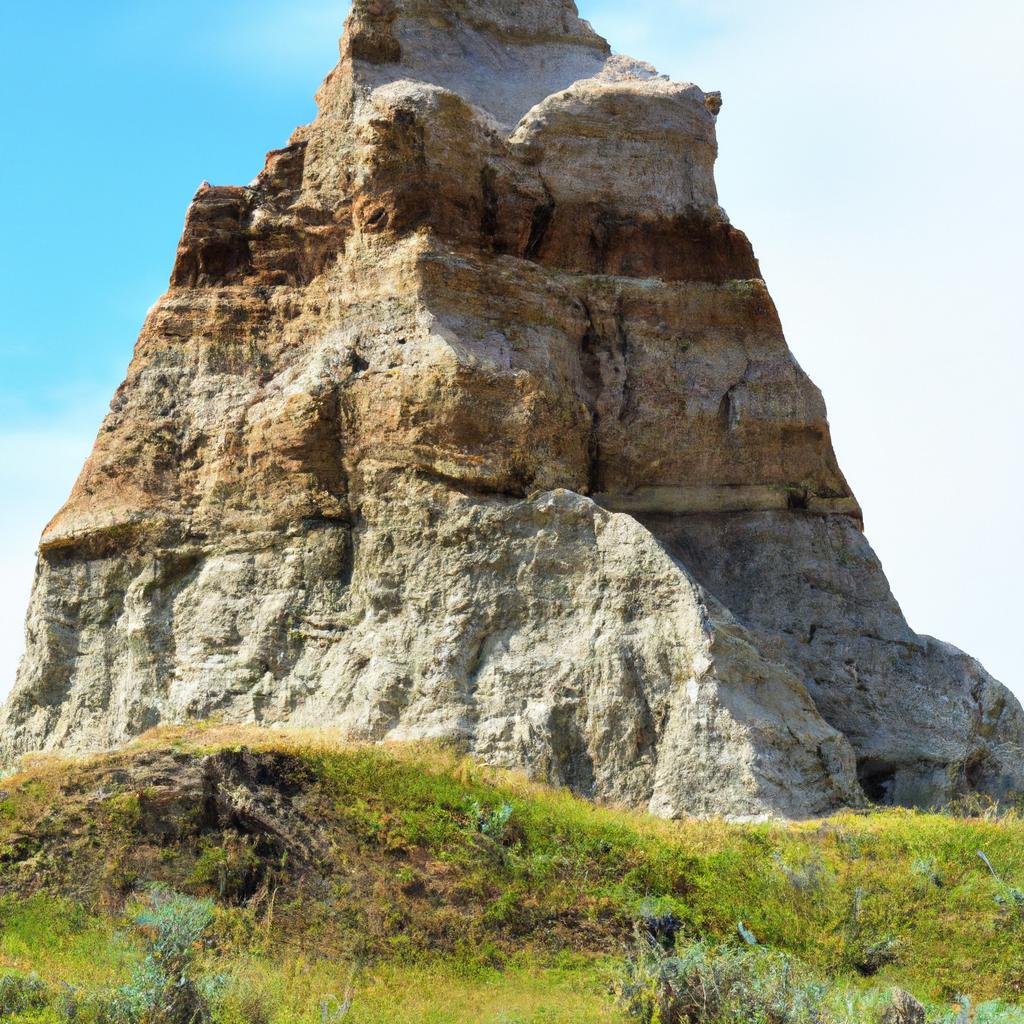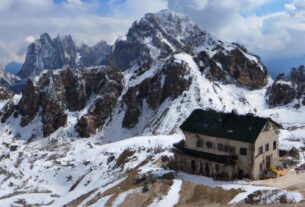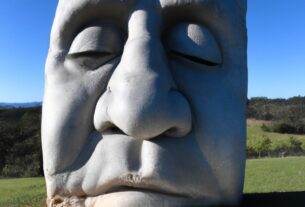The Eastern Montana Badlands is a geological wonder that has captivated scientists and outdoor enthusiasts for years. This vast region, spanning over 5,000 square miles, is located in the eastern part of Montana. It is known for its rugged terrain, deep canyons, and vibrant rock formations, which have been shaped by millions of years of erosion.
Formation of the Badlands
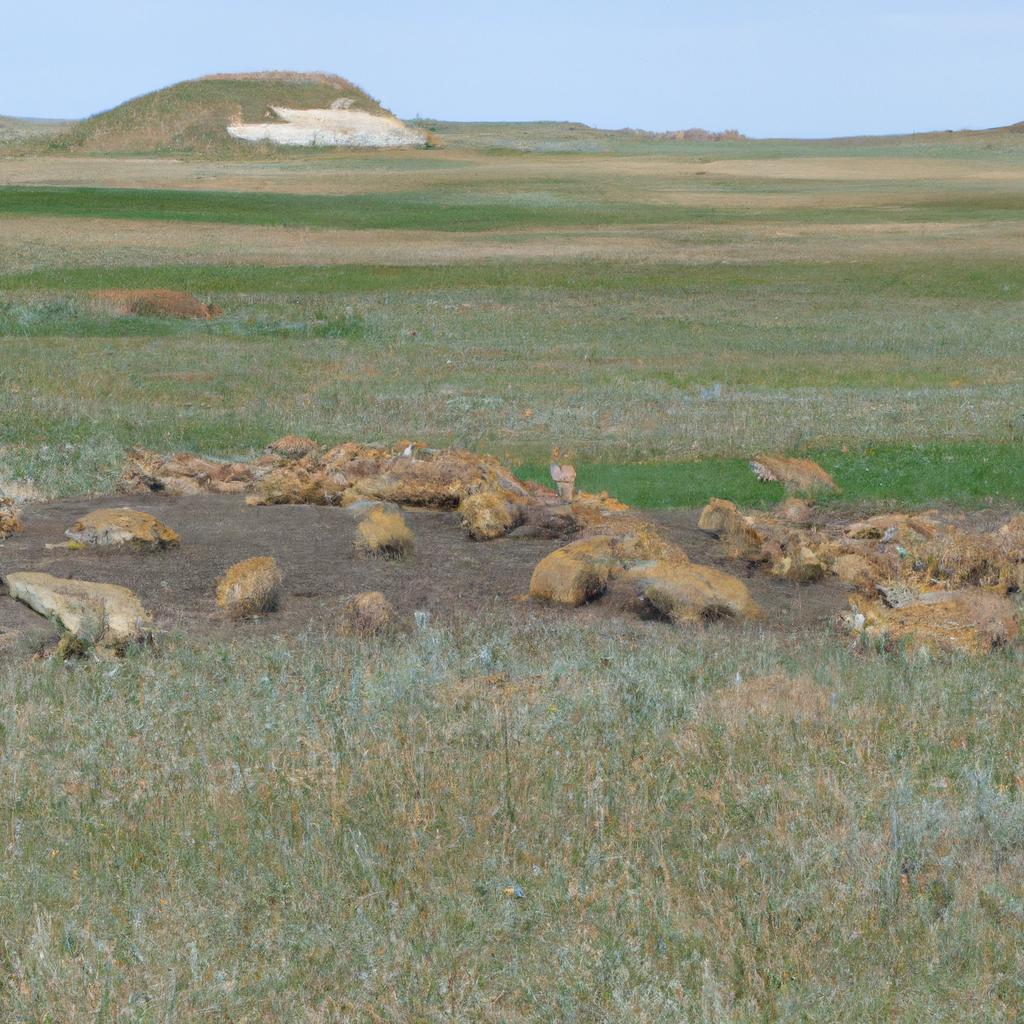
The Eastern Montana Badlands took shape over countless years of geological activity. Once covered by an inland sea, the region was adorned with layers of sediment, gradually deposited on the ocean floor. When the sea receded, the exposed sediment underwent weathering and erosion, giving birth to the distinctive rock formations found in the area.
The exposed rock layers in the Eastern Montana Badlands tell a captivating tale of a geological history spanning millions of years. These sedimentary rock layers contain evidence of ancient sea creatures such as ammonites, belemnites, and clams.
Unique Geological Features
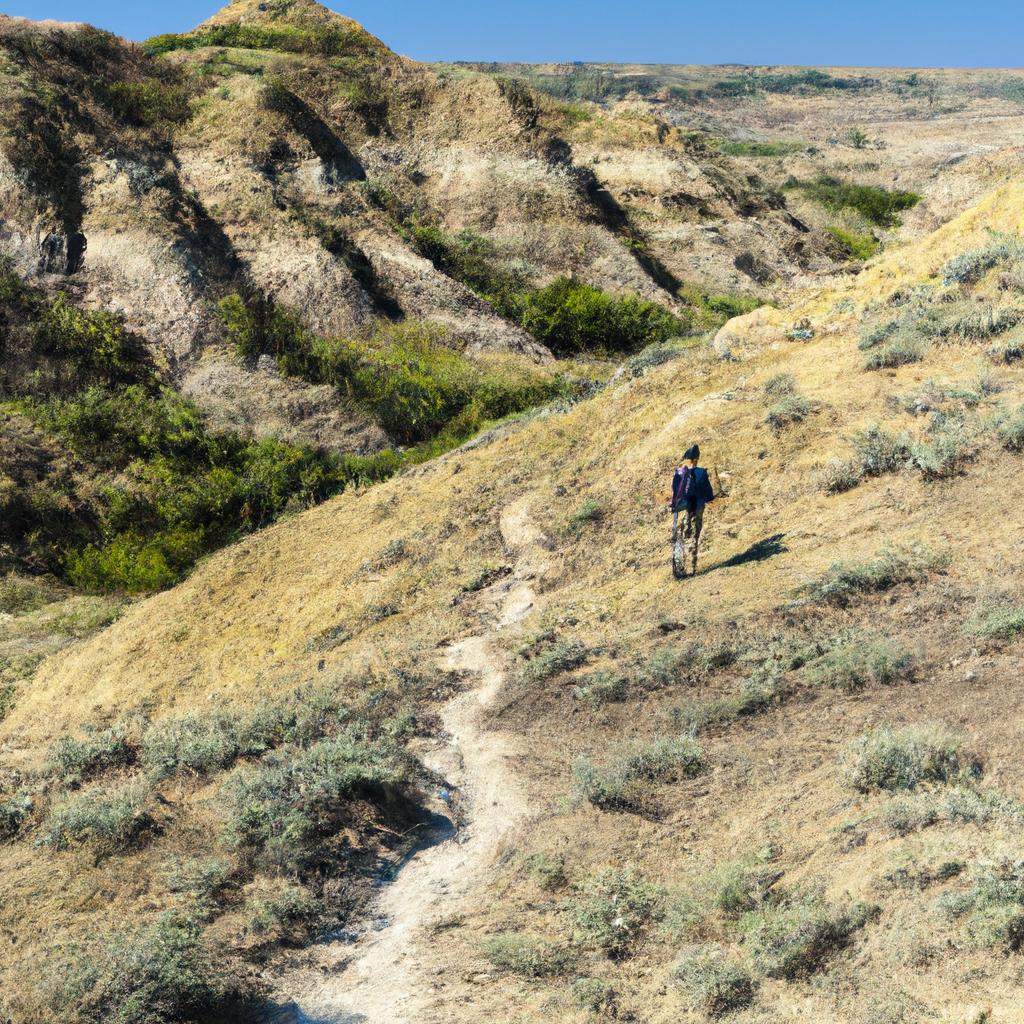
The Eastern Montana Badlands boasts several unparalleled geological features found nowhere else in the world. Among its most striking attractions are the colorful rock formations, ranging from vivid reds and oranges to deep purples and blues. These vibrant hues are the result of minerals present in the sedimentary rock layers.
Another distinctive feature of the Eastern Montana Badlands is the presence of hoodoo formations. These peculiar towering rock spires have been sculpted into unusual shapes over time. The harder rock layers have acted as protective shields, preserving the softer layers beneath them from erosion.
The Eastern Montana Badlands is also home to breathtaking deep canyons, including Makoshika Canyon and Terry Badlands Canyon. These striking canyons were formed through the combined forces of wind and water, carving their way through the soft sedimentary rock layers.
Moreover, the Eastern Montana Badlands is not just a geological wonder; it is also a thriving ecosystem, supporting a diverse array of plant and animal species. The area’s unique geology has created various habitats, fostering an abundance of flora and fauna.
Plant and Animal Species
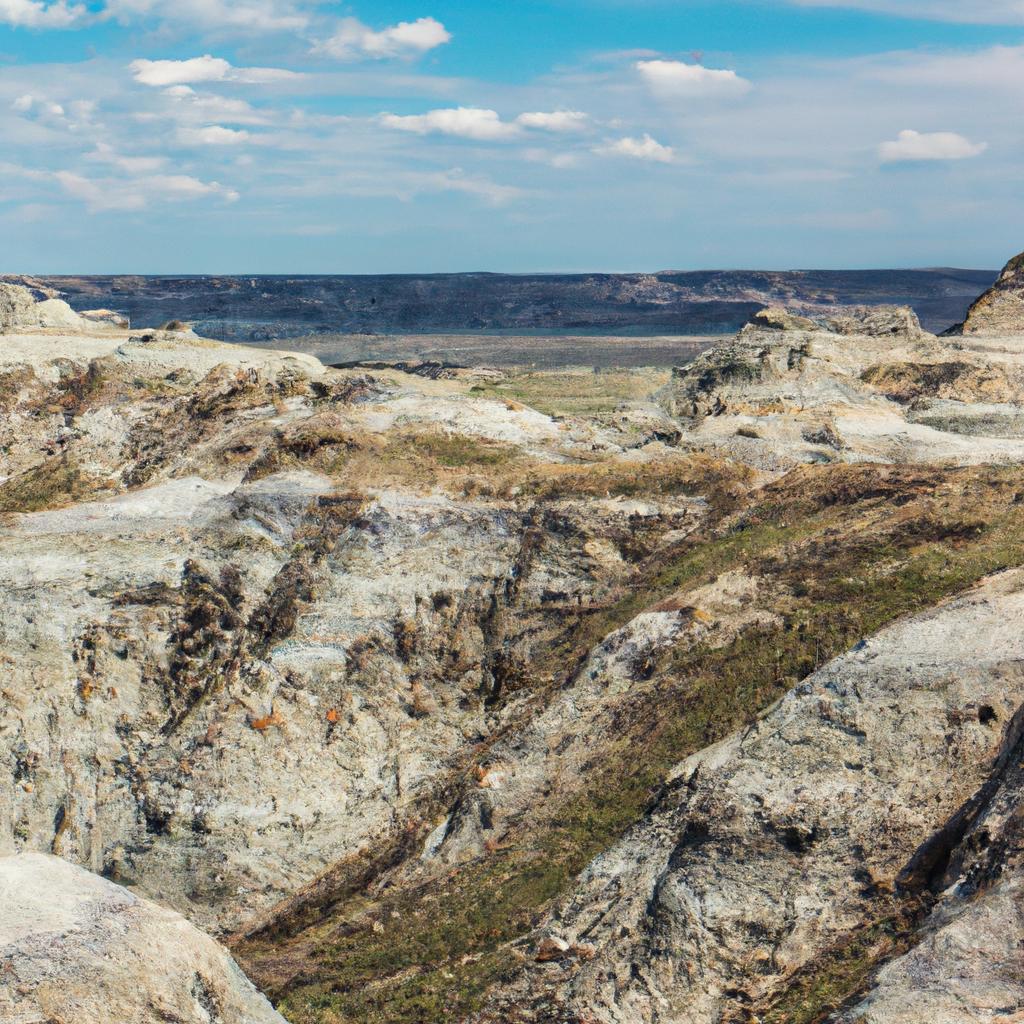
The Eastern Montana Badlands is home to over 250 plant species, including several rare and endangered ones. The region’s arid climate and nutrient-poor soil pose significant challenges to plant life. However, the hardy species that have adapted to these conditions are truly remarkable.
One of the most iconic animal species found in the Eastern Montana Badlands is the American Bison. These majestic creatures once roamed the plains in great numbers, only to see their populations decimated by hunting and habitat loss. Nevertheless, through conservation efforts, bison populations in the area have been restored, and they can be frequently spotted grazing on the open plains.
Other notable animal species in the region include pronghorn antelope, mule deer, coyotes, as well as various bird species such as golden eagles and prairie falcons.
Conservation Efforts
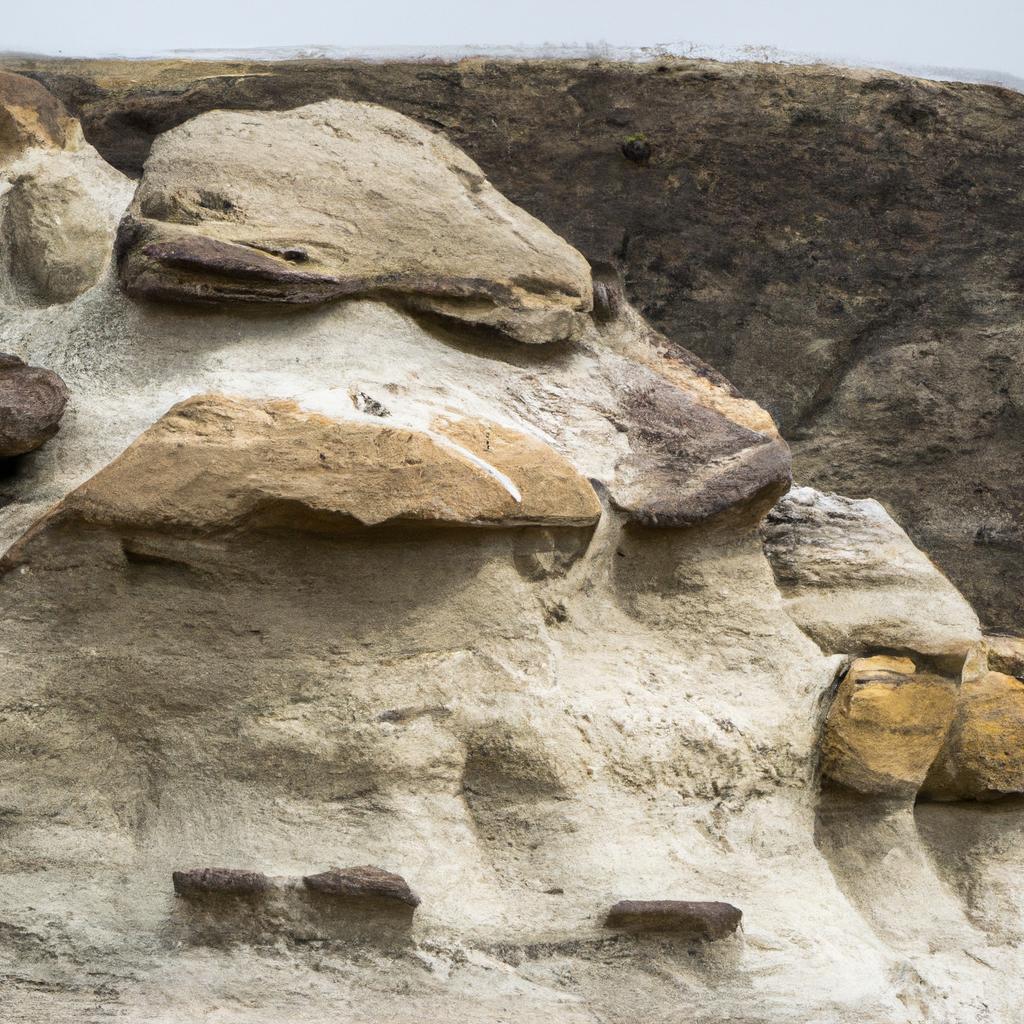
The Eastern Montana Badlands is a fragile ecosystem facing numerous threats, including habitat loss, climate change, and human activity. To protect the area’s unique flora and fauna, various conservation organizations, such as the Nature Conservancy and the Montana Wilderness Association, are actively working on preservation efforts.
Conservation initiatives involve habitat restoration, wildlife monitoring, and public education programs. These endeavors are crucial for ensuring the long-term survival of the Eastern Montana Badlands as a biodiverse and thriving ecosystem.
Cultural Significance of the Eastern Montana Badlands
The Eastern Montana Badlands also hold a rich cultural history spanning thousands of years. Evidence of indigenous cultures can be found in the rock art, artifacts, and burial sites scattered throughout the region.
Indigenous People and their Relationship with the Area
For millennia, several indigenous cultures have called the Eastern Montana Badlands home. Its unique geology and abundant wildlife resources made it a vital area for hunting, gathering, and spiritual practices. The Apsáalooke (Crow) people maintain a strong ancestral connection to this region.
Historical Events
The Eastern Montana Badlands have been witness to significant historical events, including the Battle of the Little Bighorn in 1876. This major conflict between the United States Army and various indigenous tribes, such as the Lakota, Cheyenne, and Arapaho, unfolded in this breathtaking landscape.
Additionally, the Eastern Montana Badlands played a pivotal role in the development of the American West. It housed numerous cattle ranches and mining operations, with many towns in the area being established during this era.
Current Cultural Activities
Today, the Eastern Montana Badlands are a sought-after destination for nature enthusiasts and cultural tourists alike. The area’s exceptional geology and rich cultural heritage have inspired a wide range of activities, including hiking, camping, and cultural tours.
Guided tours of rock art and cultural sites offer visitors an opportunity to delve into the region’s vibrant history and cultural significance. The annual Crow Fair in August is another popular event celebrating the traditions of the Apsáalooke people.
In conclusion, the Eastern Montana Badlands is an extraordinary region, teeming with diverse ecosystems and rich cultural heritage. Taking action to protect and preserve this unique area is crucial. As visitors to this pristine landscape, we must be mindful of our impact. Practicing Leave No Trace principles, staying on designated trails, and respecting the flora and fauna will help ensure that the Eastern Montana Badlands remain a thriving ecosystem for generations to come.
Recreational Opportunities in Eastern Montana Badlands
The Eastern Montana Badlands offer a myriad of recreational opportunities for outdoor enthusiasts. Whether you enjoy hiking, camping, or wildlife viewing, this unique region has something for everyone.
Hiking and Walking Trails
The Eastern Montana Badlands boasts several hiking and walking trails catering to all skill levels. From leisurely nature walks to challenging backcountry hikes, these trails offer stunning views of the area’s captivating rock formations, canyons, and open plains. Popular trails include the Makoshika State Park Trail and the Terry Badlands Trail.
Camping and RV Sites
For those looking to spend more time in the area, camping and RV sites are available in various locations throughout the Eastern Montana Badlands. Makoshika State Park offers both tent and RV camping, along with picnic areas and playgrounds. The Terry Badlands also offers primitive campsites, allowing visitors to immerse themselves in the rugged beauty of the region.
Wildlife Viewing and Bird Watching
Wildlife viewing and bird watching are popular activities in the Eastern Montana Badlands. The area’s diverse habitats support a wide array of animal and bird species, including bison, pronghorn antelope, mule deer, and numerous bird species. Guided tours and educational programs are available for those interested in learning more about the region’s flora and fauna.
Conclusion
The Eastern Montana Badlands is an extraordinary ecosystem of immense cultural and geological significance. Its rugged beauty, unique rock formations, and diverse habitats make it a haven for outdoor enthusiasts and scientists alike.
However, the Eastern Montana Badlands face threats such as habitat loss, climate change, and human activity. Taking action to protect and preserve this remarkable ecosystem is of utmost importance.
As visitors to this area, we must take responsibility for our impact on the environment. By practicing Leave No Trace principles, staying on designated trails, and respecting the flora and fauna, we can help ensure that the Eastern Montana Badlands remain a biodiverse and flourishing ecosystem for generations to come.
For more information on the Eastern Montana Badlands and its conservation efforts, visit TooLacks, your go-to resource for all things travel and nature.
